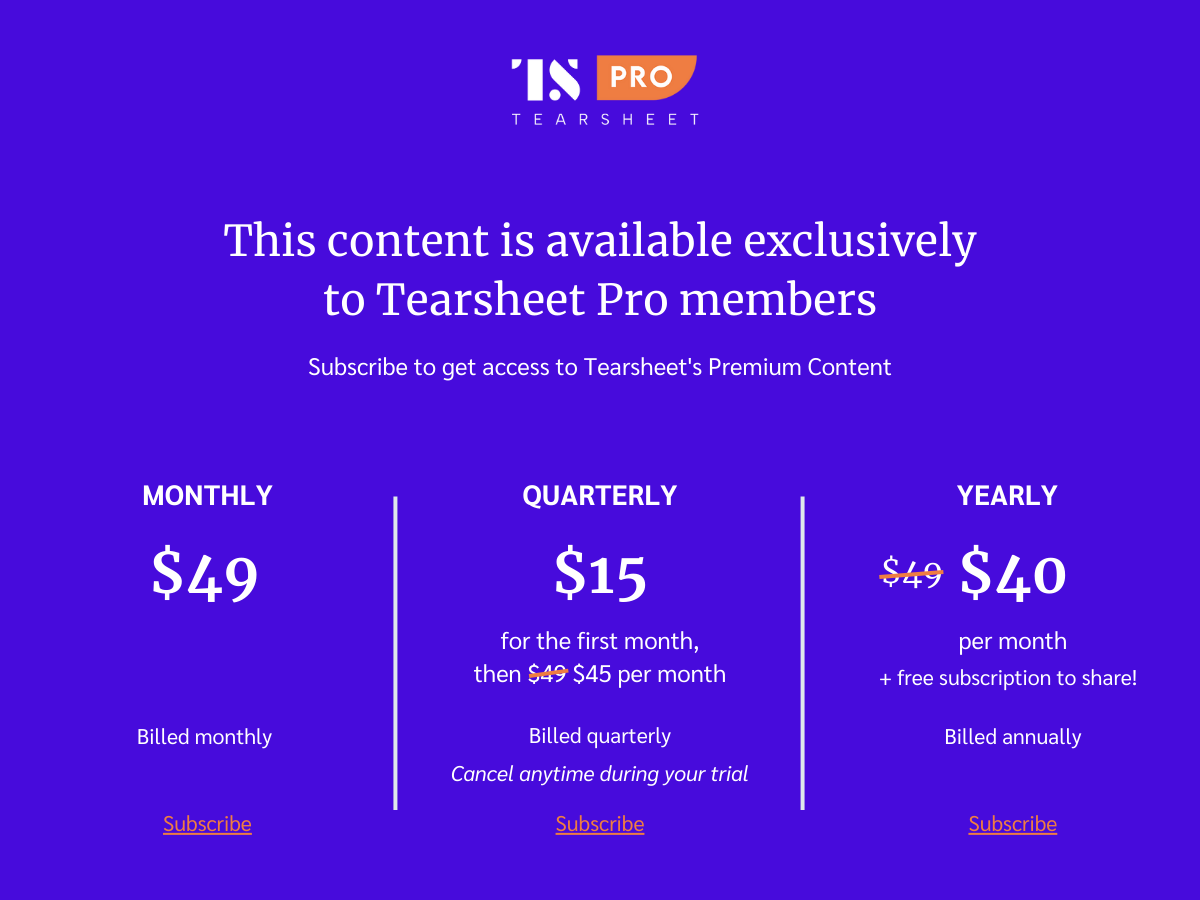How to build a fintech: Why Brightfin’s Christine Devane is Cofounder, CEO and Tiktok creator at once
- Budgeting apps are hard to make, but one fintech is out to change how people think about personal finance management by changing the design paradigm around the behavior.
- As the founder of a bootstrapped fintech, Christine Devane details how her Graduate degree spurred her on to build a Gen Z friendly budgeting app and how the current VC climate and socio economic conditions impacted their development process.

Ever since Mint’s downfall last year, the personal financial management space seems charged with uncertainty. From speculation about whether there is a business model for PFM that works, to questions about customer engagement, Mint’s shutdown has shown that it’s difficult to make standalone PFMs work out.
Enter Christine Devane. Devane is the founder and CEO of Brightfin, a Gen Z-focused PFM which gives young consumers a swipeable interface that makes categorizing and managing finances easy and approachable for $8.99 a month.
The fintech muse
Brightfin is a product of Graduate School. Devane and her co-founders were attending a graduate program in product management when the fintech Muse materialized. It was the 10th anniversary of the financial crisis and solving big problems was on her mind. While Devane and her co founders realized they couldn’t solve all the problems at once, they did identify one problem that could be tackled: financial illiteracy.
Devane wanted to give people better tools. And to understand how they made Brightfin better, we have to go back to Mint.
Mint was a well-loved product, but it never found a business model that made it profitable for Intuit. Meanwhile, banks caught up to fintechs like Mint by offering their own PFM tools inside their apps but have reported that customers barely use the tools. It’s an odd state of affairs. On the one hand, customers want help with managing their finances, and on the other, usage data at FIs is not reflecting this priority. This intention-action gap may be the result of how these apps and digital tools look and feel.
“The people who were using Mint and who are really bummed to see it go away, these are the people who already love spreadsheets. If you look at the Venn diagram of people who love spreadsheets, that is a minority of the population, and everybody has to deal with money,” said Devane.
———————————————————————————————–



